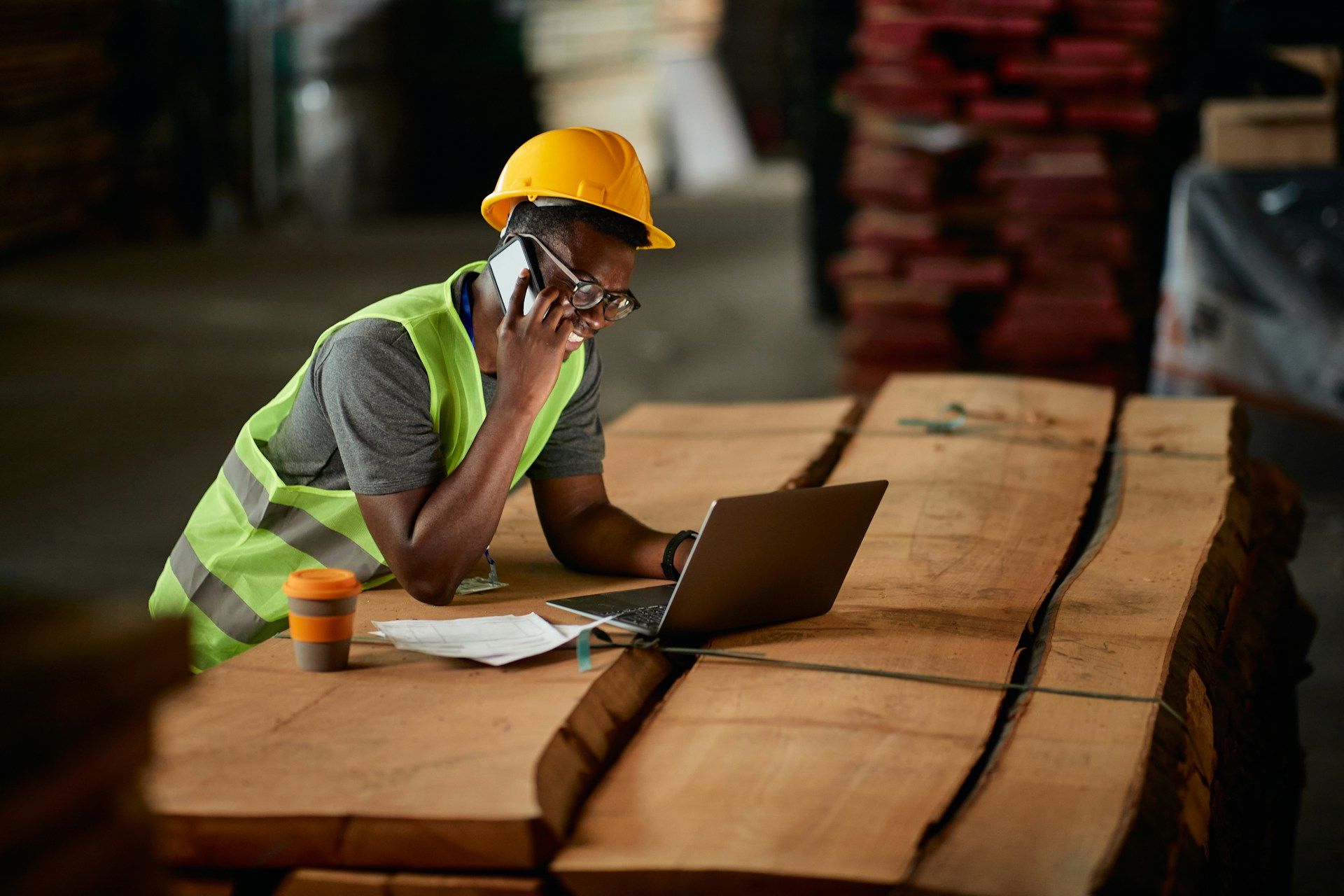The construction industry isn’t exactly known for being the flashiest, but lately, that’s changing fast. From the dusty blueprints of the past to sleek, tech-driven solutions, construction has embraced innovation in ways that are boosting both efficiency and safety. Gone are the days when building a skyscraper was a high-risk, low-tech endeavor — today, it’s all about drones, robots, and data-driven insights.
How exactly is technology transforming construction, and what does it mean for the people working in the field? It’s time to dive into some of the most exciting innovations.
1. Building Information Modeling: The Blueprint Revolution
Welcome to Building Information Modeling (BIM), a tech-driven innovation revolutionizing construction project planning, design, and execution. BIM allows architects, engineers, and contractors to collaborate on a virtual 3D model of a building, complete with data on everything from materials to energy usage. No more guessing, no more costly mistakes.
With BIM, project managers can visualize potential problems before a single brick is laid. This means fewer errors, faster timelines, and, most importantly, safer job sites. By identifying and addressing hazards in the planning phase, BIM helps reduce accidents on the ground.
2. Drones: A Bird’s Eye View of Construction Safety
You’ve probably seen drones buzzing around parks or beaches, but did you know they’re also becoming a staple on construction sites? Drones provide a bird’s eye view perfect for surveying sites, monitoring progress, and even conducting safety inspections. Gone are the days when workers had to climb rickety scaffolding to inspect a building’s top floors — now, a drone can zip up there in seconds.
By using drones to assess hard-to-reach areas, construction managers can spot potential issues before they become dangerous. This leads to fewer accidents and injuries, which keeps workers safe and reduces legal liabilities. Drones are undeniably making construction safer, smarter, and more efficient, and they look cool while doing it.
3. Robotics and Automation: The Future Workforce
Thanks to advancements in robotics and automation, the future where robots do the heavy lifting is now. Robots are stepping in to take on tasks like bricklaying, heavy lifting, and even demolition. These machines can work tirelessly, without breaks, and most importantly, without risking injury.
For workers, this means fewer dangerous jobs and more opportunities to focus on skilled tasks. For the industry, it means fewer workplace accidents and a boost in efficiency. Robotics are transforming job sites, making them safer and more productive than ever. While this might sound like something out of a sci-fi movie, it’s quickly becoming the norm.
4. Wearable Tech and Site Safety: Data on the Go
In an industry where safety is paramount, wearable technology is taking site safety to a new level. From smart helmets with sensors to vests that monitor fatigue, wearable tech gives construction managers real-time data on their team’s well-being.
For example, if a worker’s smart vest detects elevated body temperature or unusual movement patterns, it can instantly alert supervisors, allowing them to intervene before a small issue becomes a serious accident. This proactive approach to safety changes how risks are managed on the ground, making construction sites safer and reducing the number of preventable incidents.
5. Artificial Intelligence: Smarter Decision-Making
Artificial Intelligence (AI) is more than just self-driving cars and chatbots — it’s also playing a key role in construction. AI-powered tools are now used for everything from project management to predictive analytics, helping foresee potential delays, budget overruns, and safety issues long before they occur.
With this foresight, construction managers can make informed decisions that keep projects on track and under budget. Plus, by predicting potential safety issues, AI can help prevent accidents before they happen, keeping workers safe and reducing the need for legal intervention. Smarter decision-making means a smoother, safer construction process for everyone involved.
6. Challenges and Legal Implications
Of course, integrating all this new technology isn’t without its challenges. For one, there’s the cost — investing in cutting-edge tech like drones, robotics, and AI systems isn’t cheap. There’s also a learning curve; not every contractor or construction worker is immediately comfortable with these new tools.
As technology continues to evolve, so does the legal landscape. Issues like liability in the event of a tech malfunction or data breaches on site are becoming increasingly relevant.
This is where having a knowledgeable New York construction accident attorney on speed dial can be invaluable. From dealing with a drone-related incident to a robot mishap, working through these modern challenges requires a fresh legal perspective.
Building the Future Safely and Efficiently
The construction industry is at an exciting crossroads, where technology is transforming how projects are planned, executed, and managed. From BIM and drones to AI and robotics, these innovations are making construction safer, more efficient, and more sustainable. But with new tech comes new challenges in terms of implementation and legal considerations.
As the industry evolves, staying ahead of the curve will be key — not just for contractors and project managers but also for the legal professionals who support them. By embracing these changes and tackling the challenges head-on, it’s possible to build a future where construction is smarter and safer for everyone involved.
